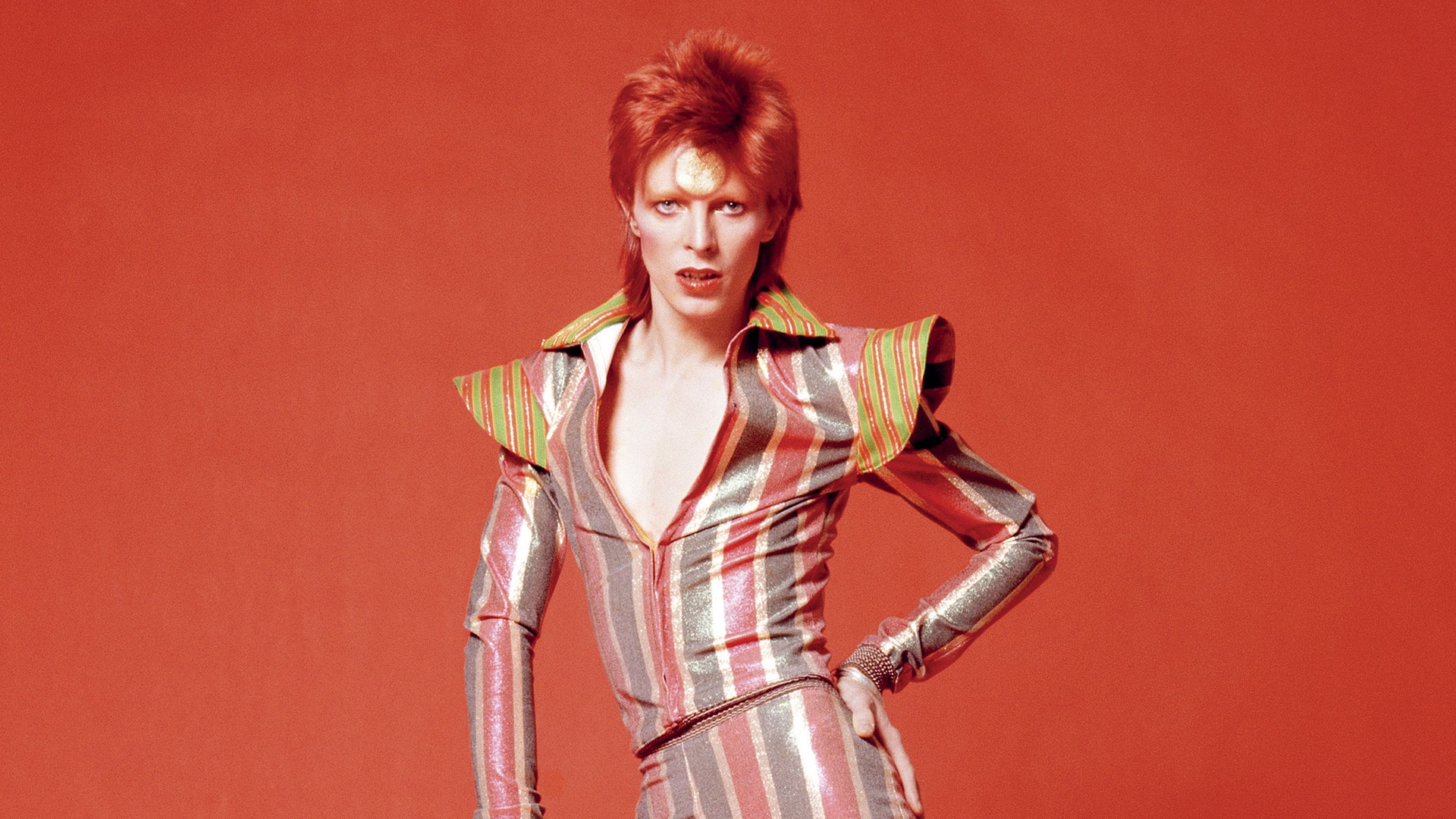A long-overdue retrospective monograph looks at the impressive career of Masayoshi Sukita, the artist bridging East and West.

You’re getting blind.
Don’t miss the best of visual arts. Subscribe for $9 per month or $108 $90 per year.
Already suscribed ?
Read more: Handpicked Books for Christmas: Modern Icons


